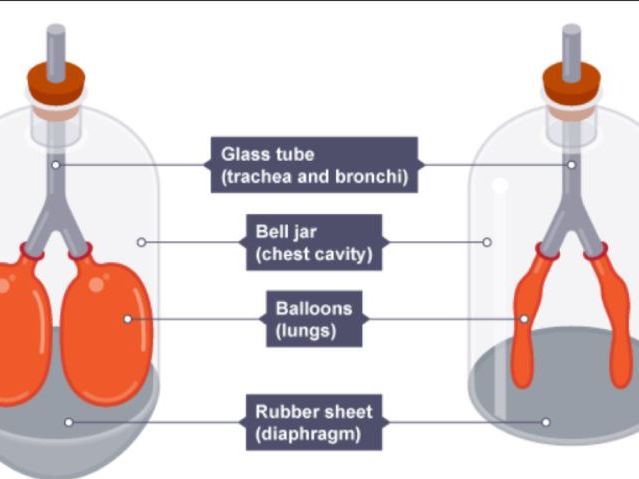Harriet_newhouse's Shop
I am a highly qualified and experienced secondary school teacher with a passion for providing an inspirational, high-quality education to students aged 11-18. My resources provide useful visual support for teachers during lessons and activities to aid learning of scientific concepts.






















